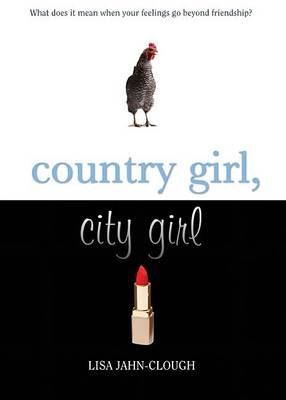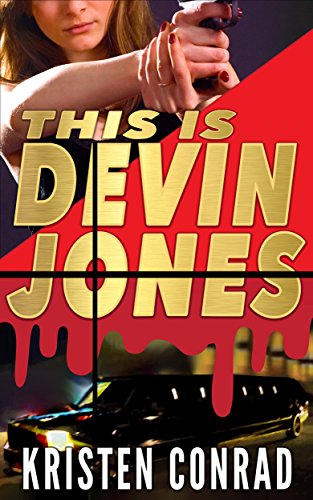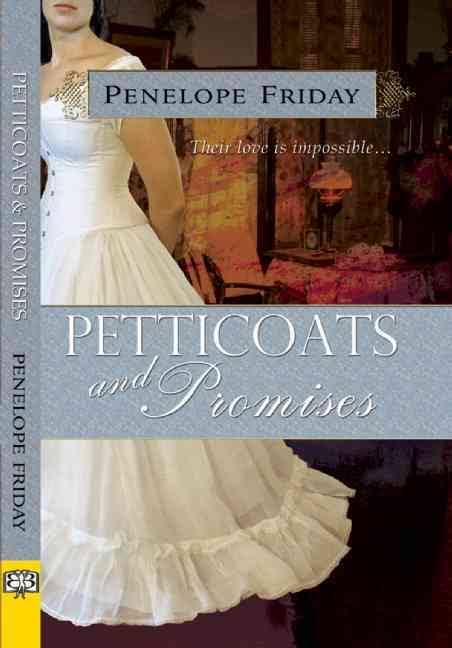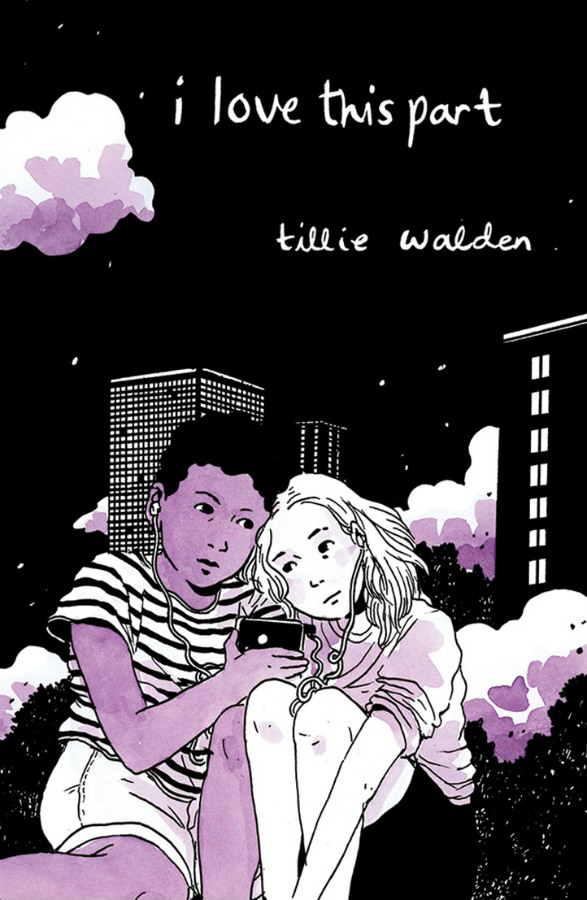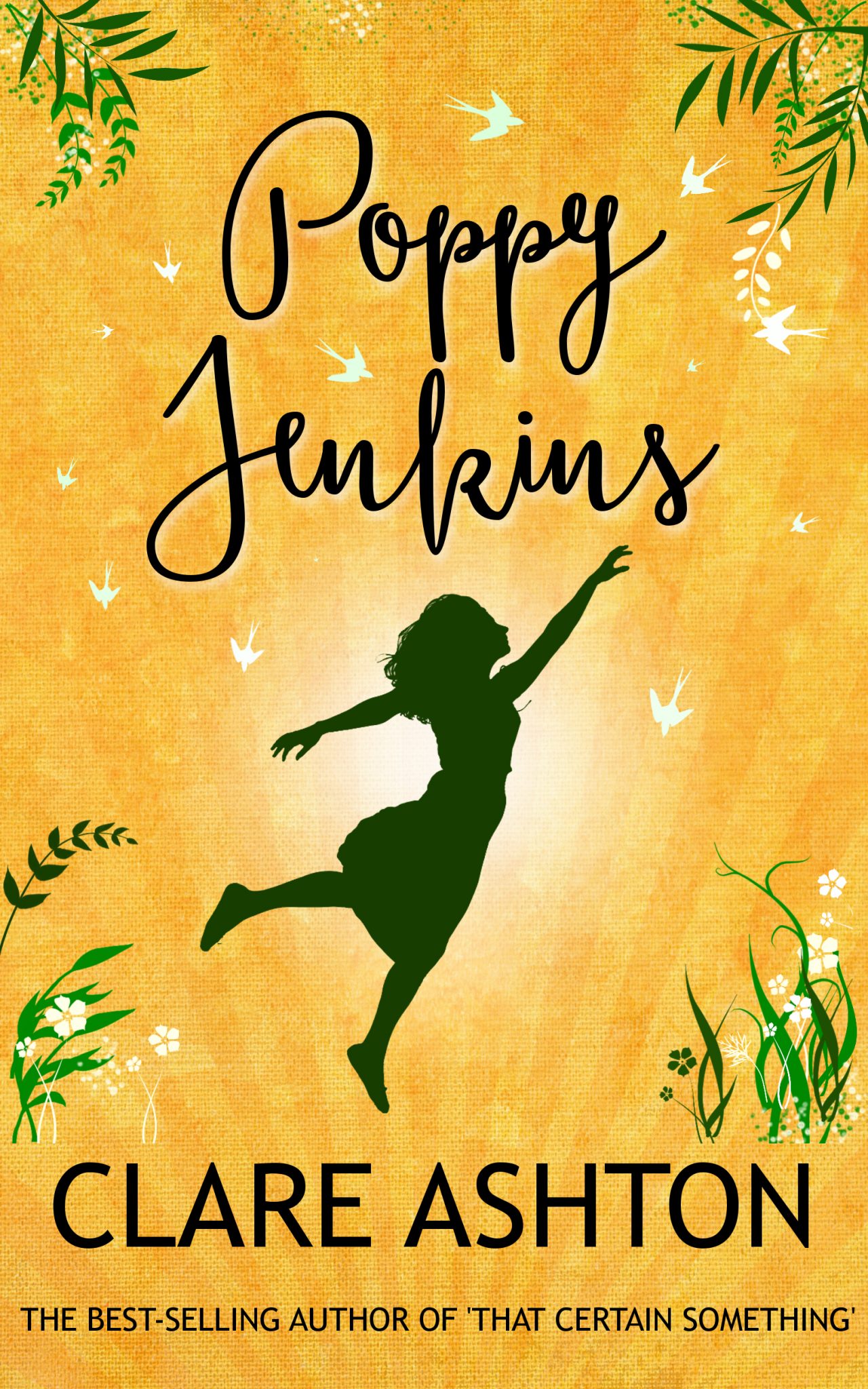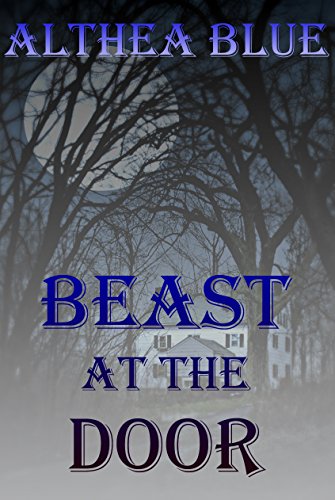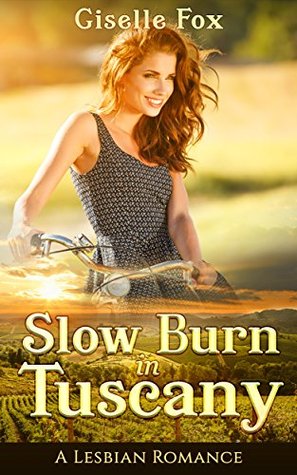Over the years, lesbian novels have become readily available for people of all ages, including teenagers and young adults. Because each age group varies, the subject of homosexuality is handled in different ways for the targeted audience. One book I’d suggest to girls in their teens just realizing their sexuality would be Country Girl, City Girl by Lisa Jahn-Clough.
Thirteen-year-old Phoebe Sharp lives with her father and brother on their farm in Maine. It is the beginning of summer, and Phoebe’s vision of a quiet break from school is ruined when her father announces that Melita Forester, the daughter of a family friend, is coming to stay with them while her mother receives treatment at a clinic. Melita arrives from New York City with a hard attitude, instantly irritating Phoebe. After an initial period of distrust the girls find themselves confiding in each other, and despite their personality clashes they become friends just like their mothers had. Phoebe grows deeply fond of Melita, and feels the first stirrings of attraction. She begins to realize that she may be in love with her best friend, but it’s not clear to her if Melita feels the same way.
This novel by Lisa Jahn-Clough accurately depicts the budding sexuality of a young girl. All through the book Phoebe’s feelings for Melita become more and more apparent until she finally must acknowledge it to herself. One of the most interesting aspects of the book was that although Phoebe knew she loved Melita, she never once had a coming out moment to herself. She was in love and that was all that mattered. The only negative feelings she had toward her lesbianism was her fear of ruining her friendship with Melita. In fact throughout the entire novel the words “homosexual”, “lesbian”, and “gay” are never used once. I found that brilliant on the author’s part. She was able to convey Phoebe’s growing love for another female without putting a label on it.
Jahn-Clough also gives insight into both Melita and Phoebe’s lives. The novel begins at the Sharp’s farm, and later on in New York City. Both girls struggle to fit in at each other’s respective homes, and each have the feeling of being the “outsider” at some point. In time, Melita learns that Phoebe has no memory of her late mother, while Phoebe hears Melita’s stories of moving place to place, never being able to settle down and make friends. They are willing to help each other through tough times, their bond becoming stronger and stronger as they do.
The supporting characters in the story like the two leads have their own distinct personalities and struggles. One of these is Mr. Sharp, Phoebe’s gentle but strict father who is grieving over his wife’s death, and despite the years that have passed the pain is so deep that he can’t talk about her. This is frustrating for Phoebe, as she wants to learn more about her mother. One of the best characters is Gerelyn, Melita’s mother. A celebrated actress, Gerelyn juggles the responsibilities of working and raising her daughter alone. Though her intentions are good she has too often thrown herself into her acting and not spent enough time with Melita. Her hectic lifestyle and emotional exhaustion causes her to make some poor decisions. When Gerelyn is released from the clinic, she has to accept that her daughter is still hurt and resentful of her. But she is willing to acknowledge her own shortcomings in order to be a better mother.
Country Girl, City Girl handles lesbian love and friendship with great sensitivity as well as other important subject matters, making this one of the more touching books in LGBT fiction.

